The Economist ~ Currencies of the World
 •
by
•
by Spite313

Dear friends,
Around once per day, somebody asks me for advice about the monetary market, about company profitability, the income of regions, or other questions of an economic nature. I have always been a politician first and an economist second- though most assume it is the other way around. After my first year, I lost interest in managing companies or MM trading myself, but I still advise countries and a few individuals on assembling their portfolios, including the now world famous Bank of England
😛
To answer queries all day is a bit boring after a while, so I’m going to start writing a series of articles which will look at the overall theory rather than the practice of economics. It may sound dull, but apparently there are enough people asking me to make it worth it. This article will look at the currencies of the world, where they are now, where they have been in the past, and how I expect they will go in the future.
First of all let me say that although I can tell you how volatile a currency is and so on, I can’t predict when a national congress will print loads of currency and start attacking their currency- or when a major contraction in population will send the currency value tumbling. Some things are in the hands of Dio.

ARS - Argentina
ARS is a moderately stable currency resting on a mid-size population base. The government issued maybe a little too much currency towards the end of V1- usually in batches of about 40k if I remember correctly. With the population contacting in V2, the gold side of the currency is a bit wobbly, and can go as high as 0.03. In fact, around two weeks ago speculators pushed the currency up to 0.03 before the government regained control and cycled it down. The currency is currently at 0.024 and there is around 25000 units for sale at that peg- which is enough to compensate for casual demand but not enough to stop a determined speculator with a large portfolio (or a country) from pushing it higher. The spread is about 3%, which is fairly standard for a middling economy. Demand for the currency each day seems to be around five times government income, which is the usual division between state and private investment in the MM. The Argentine government should have no issue selling their currency, but a small stockpiled reserve of around 50-60k ARS should be kept in reserve as a deterrent to speculation.
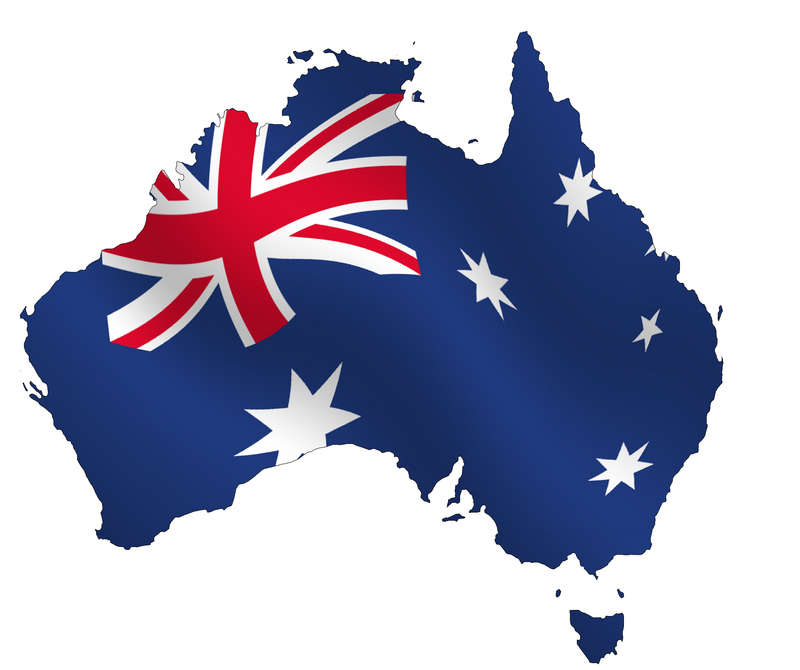
AUD - Australia
With Western Australia occupied and the country under PTO for so long, Australia’s currency has dipped quite low, to just 0.013. There is around 13k currency sitting on that peg, which isn’t a great deal. However with a small active population and the main economic region of WA occupied, this is sufficient. Australia’s currency used to be rather strong- historically it hovered around 0.02 and had a national income of around 1250-1600 currency at that peg, which was definitely sufficient for the needs of a small country like eAus. Now it’s less than half that, but the country seems to have a committed and active core population which keeps things going. The currency will recover over time provided there are no further invasions. One thing to consider is that in the past PTOers have printed a good deal of currency as an economic weapon, and it is unknown how much of that currency still remains. A large batch of 100,000 or more could seriously disrupt the market if released. In short, AUD is not a particularly safe or stable market. The spread is just under 4% for any short term investors who are interested.
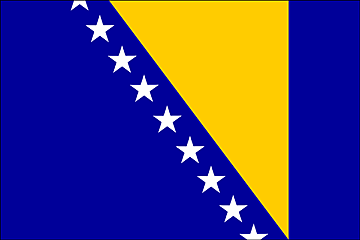
BAM - Bosnia & Herzogovina
BAM is an unstable currency belonging to a weak country which is regularly occupied by external powers. It’s not particularly reliable, as its currency isn’t maintained at all, and depends largely on factors which are unpredictable. It usually fits into the same category as NOK, that is, weak and slow trading. BAM currently trades at 0.015, which is very high for it. Usually it hovers around 0.013. The lowest I have seen it in the last six months is 0.01, and the highest is 0.016. The reason for its weakness is excessive printing and a small population. It is also nominally controlled by its larger neighbour Serbia. One region was recently rented to Bulgaria, who lost it to a RW shortly afterwards. The spread is over 11%, which though seemingly promising is misleading. The slow trading and volatile market can mean that sudden changes can make your BAM quickly lose value. There is about 15k currency on the 0.015 peg. National income is very low, a few hundred currency per day, and this has a negligible effect on the mostly private control of the MM.
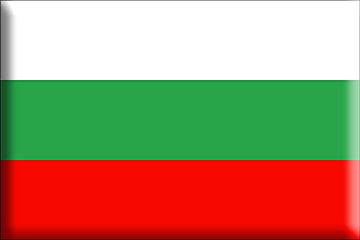
BGN - Bulgaria
Bulgaria is a fairly active and quickly growing economy. In fact, national GDP in real terms has more than doubled since the first weeks of V2. Traditionally, the Bulgarian economy has been more than a little unstable. It is the weakest power in the Balkans (not counting BiH) and with Romania to the North has been attacked and occupied a number of times. In addition, the admins in their wisdom chose not to give Bulgaria high grain, leaving them in a bit of a state regarding the constant need to import. There are a lot of small offers on both side of the MM, which can make selling difficult but is a sign of high demand on the market, so both a pro and a con. Long term BGN is a medium risk investment- if they can hold onto their high grain and continue to grow the currency should increase another point or two per month. There is around a 3% margin on BGN, though it varies based on current demand.
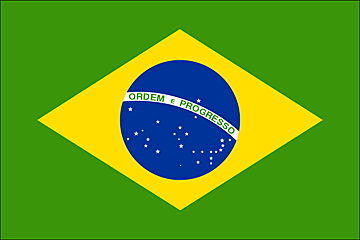
BRL - Brazil
Brazil is a large economy. Since the beginning of V2, the value of high-resources has dropped a lot, and Brazil initially struggled with the switch to a more manufacture based economy. Low-ish wages made Brazil attractive to people looking to start iron companies, though French wages (being lower) took the lion’s share of the stone industry. With the acquisition of titanium, Brazil is now one of the few countries to have high iron, titanium, stone and grain. The monetary market is a little sketchy however, mainly due to the recent baby boom. Baby booms almost always cause a disruption in the market- lots of gold being sold, lots of currency being bought. Though the babies are not yet old enough to use the MM, we can expect rising BRL prices in roughly 2 weeks. Without government intervention, the currency should gain a little value. There are a lot of BRL on the market- how much the demand is absorbed by the private sector will be seen. The currency currently trades at 0.021, with a 3.5% spread. Before the boom, it was around 0.018, and has ventured as high as 0.025. Issues with laws being suspended meant the government initially had trouble regulating, but it is now firmly in hand. Brazilian income is entirely sufficient to regulate the market from the currency side. There is 46k currency at the peg, mostly in offers of under 300 currency, which should be sufficient.

CAD - Canada
Canada is a resource rich country with a small but active population. It has a high percentage of older players, and a lot of high quality companies. The currency is historically strong- in V1 it was usually second only to RUB for strength, usually at 0.032. Initially the currency dropped in V2, but it now hovers around 0.032 once again. It is relatively stable at this price. The high cost of the currency means that raw materials have invariable prices- a 0.01 per unit change can vastly alter the profitability of the market. Although most of the products are sold abroad, it can disrupt the market a little. The high demand on the currency is largely due to the large export market. As products are sold abroad, businesses use the profits to buy gold from foreign MM, and then use the gold to buy CAD to pay wages. It means that gold is constantly rushing into the country, putting a lot of pressure on the MM. It is an active market, and quite stable. Spread is 3.2%, though selling gold is a lot harder than selling currency. There is about 16000 CAD on the market at 0.032, mainly due to the constant high demand.

CNY - China
In the time since China joined EDEN it has grown economically. It is quite a large economy, with two native high iron regions with a lot of companies originally founded by Hungarian and Serb colonists. The currency has been stable at 0.02 for a long time, with a margin of less than 1%. It is a stable but not very profitable currency, either using the standard short term sell-sell method or in longer speculative investment. Normally I would say the currency would be a little risky, dependent on whether china can hold onto East Siberian Region, but considering the level of control China has thus far displayed over their currency I doubt it would have serious repercussions. China makes enough money from taxes to maintain their currency against speculators.

DEM - Germany
DEM is a fairly volatile currency. Traditionally it sat on the central European standard of 0.025, but since V2 such standards have all but disappeared. After an initial drop to the region of 0.018, DEM has climbed to a current high of 0.26, though there is less than 5000 currency buffer before 0.027. At the moment there is actually a gold-side demand. The market would be more natural at 0.027, with a standard 3% margin, however at 0.026 there is a negative margin. Invasions by Poland and Italy have cost the country Bavaria and Berlin, two important economic centres. Though Germany is mostly based in the tiny Saarland region, the two areas, especially Bavaria, are important for their resources and companies. At the moment I wouldn’t advise investing in DEM, though should it fall below 0.024 it would probably be worth considering due to its bouncy nature. I’m not sure bouncy is the correct technical term but it’s how I think of it
😛

EEK - Estonia
EEK is a fairly stable Baltic currency. It used to trade on the central European standard, and has barely moved since V1. It currently trades at 0.019, in contrast to its three EDEN neighbours (Latvia, Sweden, Finland) who have been all over the place. The currency currently has a margin of under 1%, though it is usually traded at a 2% margin. There is around 13k currency on the market, mostly in large single offers. This suggests the market is quite tight, with the government buying stray offers. With a small active population of around 200, the market isn’t exactly storming with offers, so it’s not ideal for sell-sell trading. Long term, it is unlikely there will be much disruption in the market, so investing in the currency is not risky in either a good or bad way.
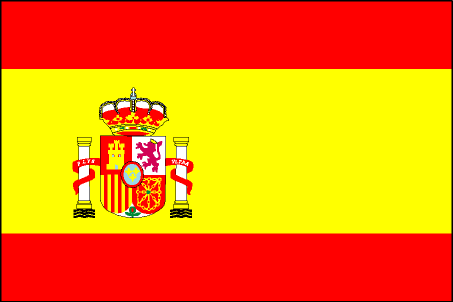
ESP - Spain
ESP is a fairly stable and strong currency. Currency is currently trading at 0.03, and hasn’t been effected by the loss of regions to France and Brazil. With a strong income from high iron (the only high iron in Western Europe), and a large active population, Spain is one of EDEN’s strongest countries financially. Daily income is usually over six thousand ESP, which provides ample money for the government to regulate the market. Realistically, a lower trading peg would probably be more beneficial for domestic industry (similar to CAD), though the high peg does give the government the option of raising gold quickly by regulating the value of the currency downwards over a period of a month or so. The margin on ESP is a little over 3%, which is pretty good for such a stable currency. Like CAD, ESP is a good currency if you have a large portfolio and want to plunge over a hundred gold into a “safe bet” currency with a small margin of profit.
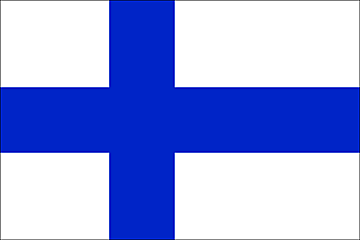
FIM - Finland
Finland is a small and fairly weak economy. Its currency varies quite a lot. In V1 the government used to hold the currency at 0.021, but since the crash it has dropped quite a lot. The lowest I have seen it trade is 0.013, and it currently trades at 0.016. The spread on FIM is about 1.5%, depending on demand. There is around 36,000 FIM trading at 0.016, which suggests the currency may soon devalue. A number of foolish money issues have meant the government is loaded down with currency it is trying to shift. The government currently has 15000 currency on the market at 0.016, which is around 3/7 of the currency for sale. This is considerably above the normal ratio found on the MM, especially for a country with an operating income of less than 1000 currency per day.
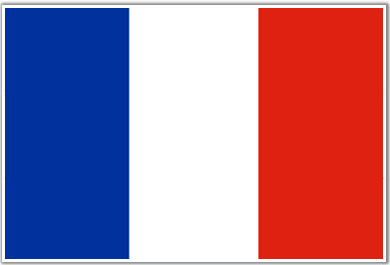
FRF - France
FRF is a perennially strong currency, currently trading at 0.028. This is mostly due to speculation however, and could come down at any moment. For this reason I’d advise people currently holding FRF to sell whilst the price is still high. FRF normally trades at around 0.024, which is still high for a mid-size economy. France has a high national income for a country its size, due to the export of stone and a high percentage of active citizens. Similar to Canada in terms of economic structure, France has a more vulnerable geographic position and has in the past been occupied by both Spain and Poland. There is over sixty thousand currency trading at 0.028- evidence that the high price is artificially created. Generally speaking if there is a huge amount of currency trading at the peg it means the currency will soon devalue- a shortage of currency at the peg means there is upward pressure on the currency. Some offers are in excess of 10,000 FRF. The margin is a little over 3.5% at the minute, but further trading is inadvisable at the moment.

GBP - United Kingdom
GBP is an unregulated currency based in the United Kingdom, a medium sized economic power with a small, old population. The currency traditionally idled at 0.03, but prior to V1 was cycled down to a more modest 0.025. When the crash came, it dropped to 0.017, before rising to a current high of 0.025. The currency has a margin of 3.75%, and a buffer of 22,000 GBP before 0.026. The government currently maintains around 3000 GBP on the market, and national income is easily enough to satisfy demand. GBP is a fairly safe investment short term. Long term, the country is under fairly constant invasion. The capital region of London is a fortress region, with 90% of the population and companies based there. Thus invasions rarely effect the money market negatively. If the currency drops by more than 3-4 points, then it is almost certain to rise again, and that would be a good time to buy. The government rarely issues money, and tends to bleed it into the economy via military wages rather than flushing it onto the money market for gold.

GRD - Greece
Greece is a raw-materials rich country in South-East Europe. Traditionally it has had a fairly strong currency, originally at 0.03. Since the crash it has wavered a little, and is currently at 0.02, which is still fairly strong. The country has a medium sized GDP, with an income comparable to countries like Germany and Italy. It has high iron in central Greece, and a strong export market because of that. Excessive use of issued money is the main cause for the currencies current weakness, and despite strong exports probably won’t go up in value unless it gets a baby boom. Greece recently conquered and occupied Turkey, who freed themselves with the aid of a baby boom. Whether or not the 2 year old war is taken up again isn’t really a question. If Greece lose regions to the newly populous and strong Turkey, especially the vital Central Greece region, it could be disastrous for the countries currency value and economy. There is over 50,000 GRD at 0.02, often in offers of over 1000 currency. There is a 2.2% margin on GRD, and the market is quite lively, though as I said a large amount of currency on the market means trading can be slow.

HRK - Croatia
HRK is a fairly low value currency trading currently at 0.015. The highest it trades at is around 0.02, which is where it was before the occupation by Phoenix. Croatia tended to peg its currency to the Romanian and Polish currencies, but it seems that since the occupation their goal is mainly stability rather than value. With over 110,000 currency trading at 0.015, the chances of a sudden boost in value for HRK is negligible. With such a huge currency surplus and a trading margin of just 2.4%, HRK isn’t particularly good for short term investment either. Croatia has a strong economy, but the surplus of currency must make it hard for the government to raise gold through sale of tax income. In terms of stability, Croatia is the weaker of the two EDEN regional powers, and the more likely candidate for invasion. However with Phoenix occupied elsewhere, the chances of it happening are fairly slim in the near future.
===========================
I hope you haven’t died of boredom reading such a massive article- I have stopped at HRK because the article is already at 3000 words, and I should really break it up a little. If you subscribe and people like it, then I will do the rest soon. You have probably noticed I have missed several countries out of the list- I have done only the EDEN and Phoenix powers so far. If you think your country should be included, then send me a mail and I will consider it. I hope this has been some help to people who trade the MM, or people who are just interested in how I do my job. After almost 1 year as Phoenix Treasurer, it is almost instinctual for me now
🙂
Best wishes,
Iain



Comments
GO IAIN o/
I love Iain Keers!
I just shit myself
Nice article voted 😁
Voted - but TRY gets no comments? It is the 3rd largest country in population right now.
My prediction is that TRY will lose at least 30% of its value in 1-2 months.
Kemal- I am doing it in 3 sections because it takes so long ;_;
It is in alphabetical order- A-H is this article. T comes later ;P
I just read all of this..
Thank you for the fast reply, sorry for the confusion. I'm eagerly waiting to read your analysis.
Thanks, interesting.
Perhaps the flags could be smaller.
great job : )
huge currency surplus for HRK?... because a gvt project Mefest where gvt printing more HRK and subsidy citizens in shopping on eCroatia market
Solid article.
: )
BRL has everything to become a currency that costs more than ESP; basically sayin', it's the only country on PHOENIX with high iron, this babyboom will have a right rate of retention (at least looks so). The only problem is our current war economy, which has 20% IR and two 100k prints in the last weak :/
A high valued currency isn't really the aim, more a stable currency.
omg, i need 3 days to read all of this : P
what is profitable to export from canada, and to which country
rifles q3 from canada whats a good country to export them to for a profit,
as well as grain,
excellent summaries. V&S
Really impressive work. Keep it up.
Nice article!
voted
good job
Estonia o/
Economist's get all the girls.
Vote
HAIL MACEDONIA! 😃
Please have my babies, Iain.
v + s
V & S
waiting for next article
I go hard
Great article, you seem an intelligent man
Great.Voted.
"With the acquisition of titanium, Brazil is now one of the few countries to have high iron, titanium, stone and grain."
Brazil lost its titanium about a week ago.
really nice article, tho a bit of a wall of text.
i'll try to make a spreadsheet out of it for personal use. i might share it if that's ok with you.
This is one of my favorite newspapers. Very helpful article!
"Iain Keers Day 1,077, 13:43
Kemal- I am doing it in 3 sections because it takes so long ;_;
It is in alphabetical order- A-H is this article. T comes later ;P "
Very interesting your alphabet. What about Czech Republic? It begins with Z in your alphabet?
"You have probably noticed I have missed several countries out of the list- I have done only the EDEN and Phoenix powers so far. If you think your country should be included, then send me a mail and I will consider it."
well , you may consider that I already sent you that email for czech republic 🙂
This is the kind of insight needed by National treasurers, before Erep can truly mirror RL.
Although "discouraged" from commenting in publik about such matters, I couldn't help myself.(lol)
Congrats on the MMM 😉
V + S
PAINFULL TRUTH REVEALED TO THE WORLD!!!
http://www.erepublik.com/en/article/the-painfull-fact-revealed-to-the-world--1561058/1/20
wtf where is Serbia and RSD? : )
If you read the comments, you will see this is only part 1. I haven't got as far as R yet 😛
voted
Fabulous amount of work and most interesting reading, have no idea how long this took to create but most impressed...look forward to more in Part 2 etc... well done!
Now waiting for the part II - Good job! v+s
You didn't tell us where the UK was!
v+s
looking forward for part 2 and 3 🙂
Nice